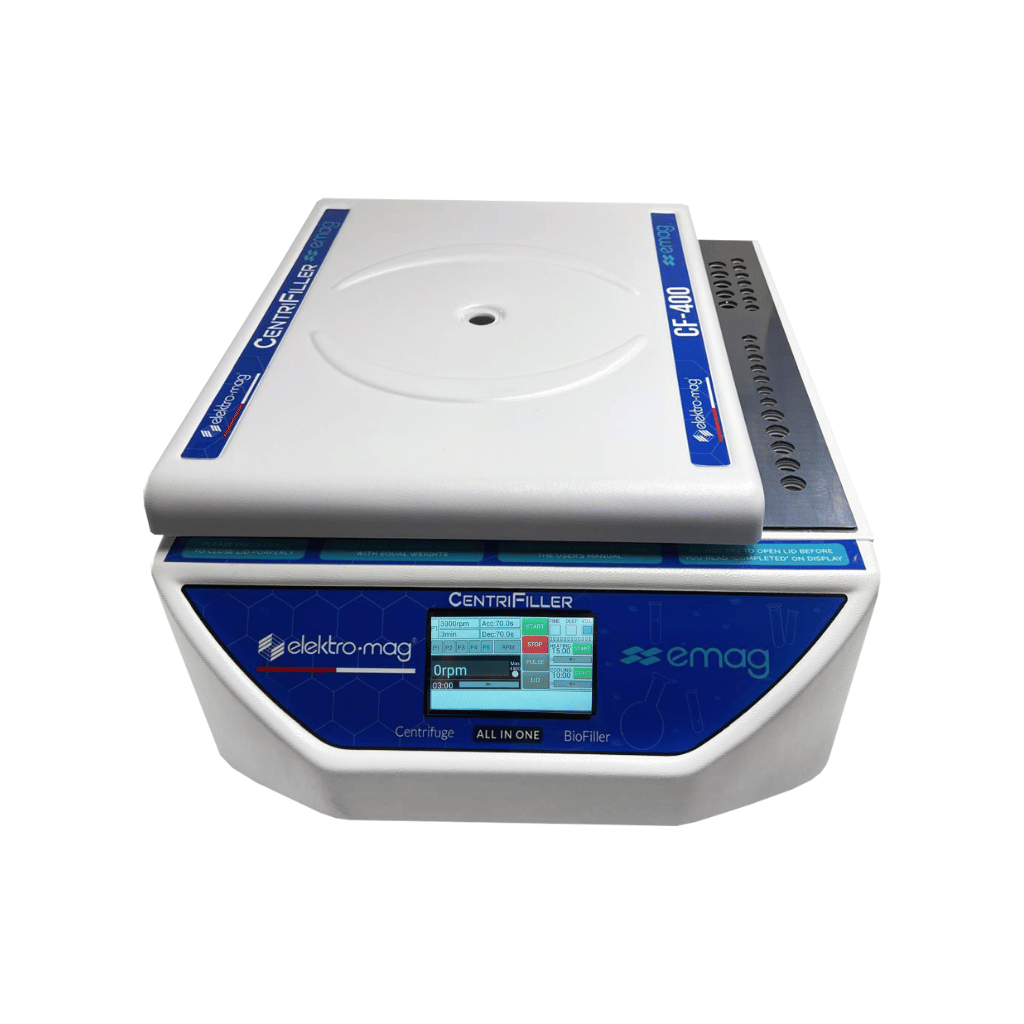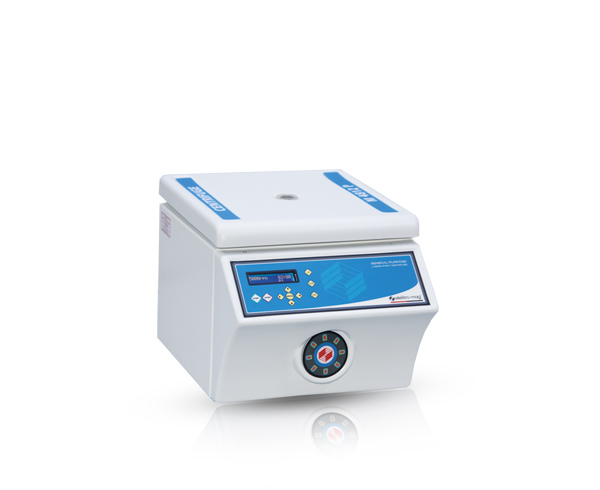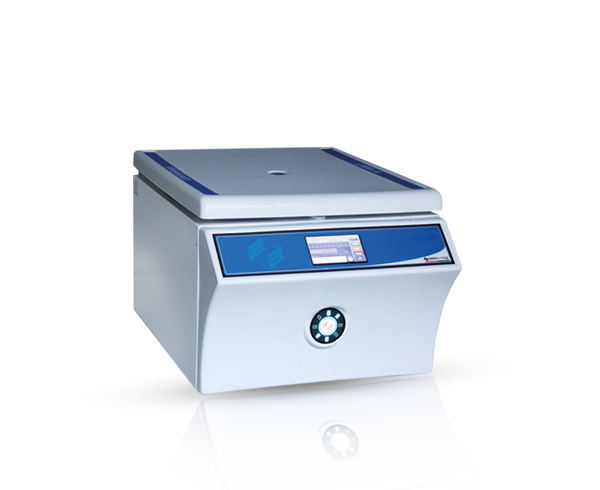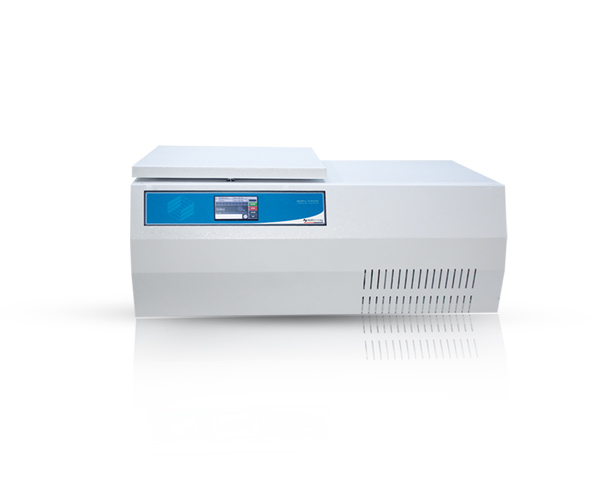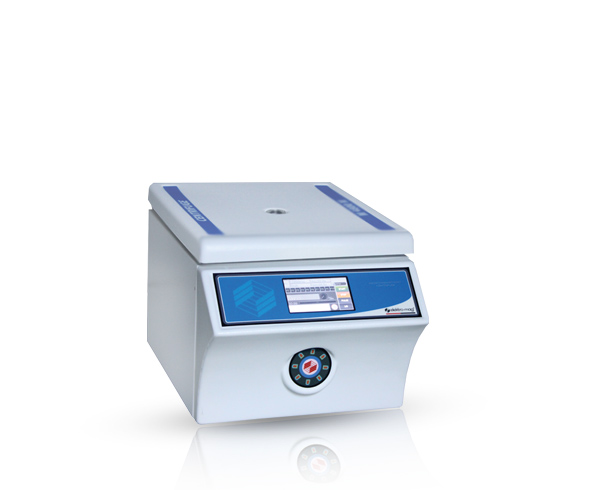A laboratory centrifuge is used to separate particles from a solution. The working principle depends on the applied centrifugal force, which is driven by a rotor and pushes the denser particles outward. By this effect, denser parts of the solution, most of the time denser particles, are collected at the top of the solution in the centrifugal tubes. As a result, denser particles and lighter parts of the solution are separated. The effectiveness of the separation is based on the size,shape, density of the particles, and viscosity of the solution. At the same time, the type of laboratory centrifuge determines the separation process. Type, diameter, and speed of the rotor are the main factors of the laboratory centrifuge in the separation process.
Read More
Laboratory furnaces are found in most laboratories, from academic to clinical to research, and are used to purify cells, subcellular organelles, viruses, proteins, and nucleic acids. It should be noted that if the densities of the substances are close to each other, the separation process may not give the desired results. The higher difference in densities enables better results.
What is the principle of centrifugation?
Simply put, centrifugation is the separation process of sedimentation. Denser particles in a solution sink to the bottom of the plastic or glass tube/ container, while light particles remain suspended or collected as a layer at the top of the solution.
What is a laboratory centrifuge, and how does it work?
A centrifuge is a laboratory instrument that is used to separate the denser and lighter components of a solution, as mentioned in the topic of the principal of centrifugation.The rotor in the equipment can rotate at high speed and drive a centrifugal force. This force enables the separation of denser and lighter components of a solution.
The effectiveness of separation depends on speed, diameter, and the kind of rotor that a motor drives. For this reason, rotation of the rotor is expressed as RPM ( revolution per minute ) and RCF (relative centrifugal Relative Centrifugal Force ) in units of gravity (g).
What are the types of laboratory centrifuges?
Types of centrifuges can be classified depending on different criteria. We group as:
Working speed and volumes
Bench-type laboratory centrifuges
They are small-size laboratory centrifuges. Their speed in RCF can range from low values of a few hundred to relatively high speeds of 5,000g. Tube volumes vary between 1 ml and a few liters.
Micro Centrifuges
Micro centrifuges are designed as minor and compact models of the centrifuge, often used to perform quick and small-scale lab separations. Small tubes with a volume of 0.5–2 mL are accommodated at high speed levels. Microcentrifuges are suitable for tasks like DNA extraction, the purification of proteins, and the pelleting of cells.
High-speed centrifuges
They are similar to large-capacity centrifuges. But their speed can reach 60,000 g.
Ultra Centrifuges
The ultra-concentrifuge rotor spin has the capability to reach up to 1,000,000g. They are designed for special applications.
Rotor Types
Centrifuges can be classified according to the rotor type and the type of use of the equipment.
Fixed Angle Rotors
A fixed-angle rotor is designed to be held at a certain angle when the laboratory centrifuge is operated. The rotor is an in-house part; it cannot be changed or replaced by the end user and can be used only for specific volumes of tubes.
Swinging Bucket Rotors
These rotors allow you to change the buckets. A bucket is a tool that holds the centrifuge tubes in the laboratory centrifuge. Because buckets can be changed, centrifuge tubes with different volumes can be used in a single laboratory centrifuge. It is important to keep in mind that all the tubes in a single operation have to have the same volume. Tubes with different volumes in a single operation cannot be used. This is the principle of all of the centrifugal processes.
Refrigerated Centrifuges
Large-capacity centrifuges or continuous working conditions may require the use of refrigerated centrifuges. Under long-term working conditions or working with higher-volume tubes, heat the motor in the centrifuge. Heat transfer from the motor to the ambient may interfere with the centrifuge process for some sensitive samples. Refrigerated centrifuges are used to prevent heating the samples, and the process is completed under the required temperature conditions.
Hematocrit Centrifuges
Hematocrit centrifuges are designed to separate the components of the blood. This process is required for medical tests. Quick and accurate separation of the components of the blood is critical, and it is achieved by hematocrit centrifuges.
Hematocrit is a parameter that is used to measure the volume of red blood cells (RBC) in a blood sample. It is an indication of the overall health of the patient, and it is expressed as a percentage. The hematocrit level helps to understand the medical conditions of a patient. It is possible to diagnose anemia, polycythemia, or dehydration.
Hematocrit centrifuges manage to separate the parts of the blood, plasma, red blood cells, white blood cells, and platelets.
Hematocrit centrifuges are used.
- * to determine the volume of the RBC. Low RBC levels are indications of anemia.
- * to assess donor eligibility in blood donation centers. It is also important for the safety of the donors and recipients.
- * for hematology research. Isolation of the blood components is helpful for the research of blood disorders and diseases.
What are the common applications of the laboratory centrifuge, and what does a centrifuge do to blood?
As it was mentioned, the centrifugal force (g-force) generated by the motor isolates suspended particles from their surroundings There are various applications for centrifugation, which may include the sedimentation of cells and viruses, the separation of subcellular organelles, and the isolation of macromolecules such as DNA, RNA, proteins, or lipids.
In a blood sample, there are red blood cells and plasma mixed together. After centrifugation, the red blood cells and plasma will be separated. The red blood cells will settle at the bottom of the tube, and the plasma will form a layer at the top. Please read Hematocrit Centrifuges.
How to choose a laboratory centrifuge ?
Working purpose of centrifuge determine the decision to choose the correct laboratory centrifuge with the correct selection of the rotor. Following points are important in laboratory centrifuge selection:
- * Capacity and how many tubes shoud be processed in a single operation.
- * Volume of the centrifuge tubes
- * RPM or RCF of the rotor
- * Rotor type ( Fixed angle or swing out )
- * Refrigeration need
In addition to these technical properties of the machine, product price, after sales service, supply of spare parts are some of important criterias to choose a laboratory centrifuge.
Safety Conditions, placement requirement of the centrifuge tubes
Laboratory centrifuges has a system which rotates at high speed. The load must be carefully balanced. This is achieved by using a combination of samples and balance tubes which all have the same weight or by using various balancing methodes. Small differences of the load can result in a large force imbalance of the rotor when the centrifuge is working at high speed.
Imbalance of centrifugal force at high speeds may result in damage to the centrifuge or personal injury. Some of our models have an automatic rotor imbalance detection feature that immediately discontinues the run when an imbalance is detected.
Before the operating the centrifuge following steps should be followed,
- * Rotor shaft should be clean.
- * Rotor screws should be tighten
- * Centrifuges tube should be loaded at equal weights and symetrically.
- * Check the id locking mechanism
General Maintenance and Cleaning the laboratory centrifuge ?
Laboratory centrifuge is a device which works at high speeds. If required precautions are not taken, centrifuge may harm the working people. General maintenance and cleaning of the machine is important prevent some accidents and elongate the life time as well.
Please get in touch with our company for the general maintenance. On the other hand please check following steps before each use.
- * Secure the rotor whether it is seated correctly
- * Weigh the samples in each tube and be sure that centrifuge tubes placed symetrically
- * Do not overfill the centrifuge tubes
- * Do not open the top cover during the process .( Normally, centrifuges have automatic lid system )
- * Clean the unit, rotors and accessories.
- * Use pH-neutral detergents fort he cleaning. Do not use any liquid for the cleaning and dry the all parts.
- * If it is required, autoclave sterilization can be applied for the removable parts and accessories. Please follow the correct steps of the steam sterilizing requiremnts of autoclave.

